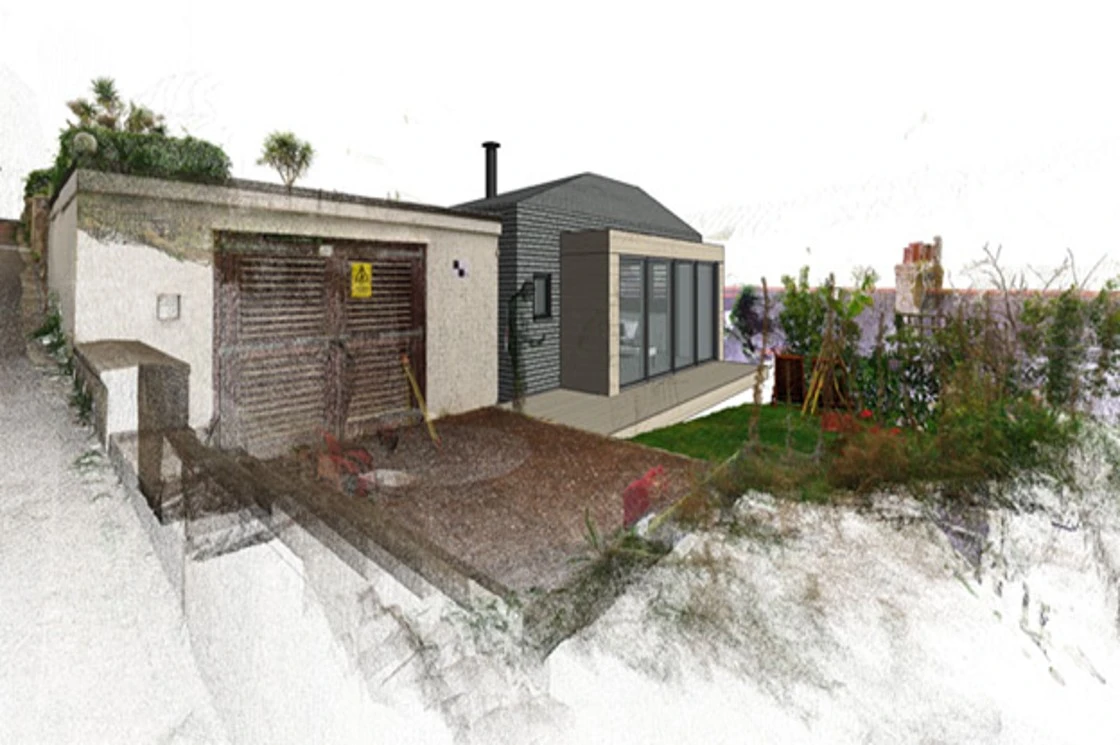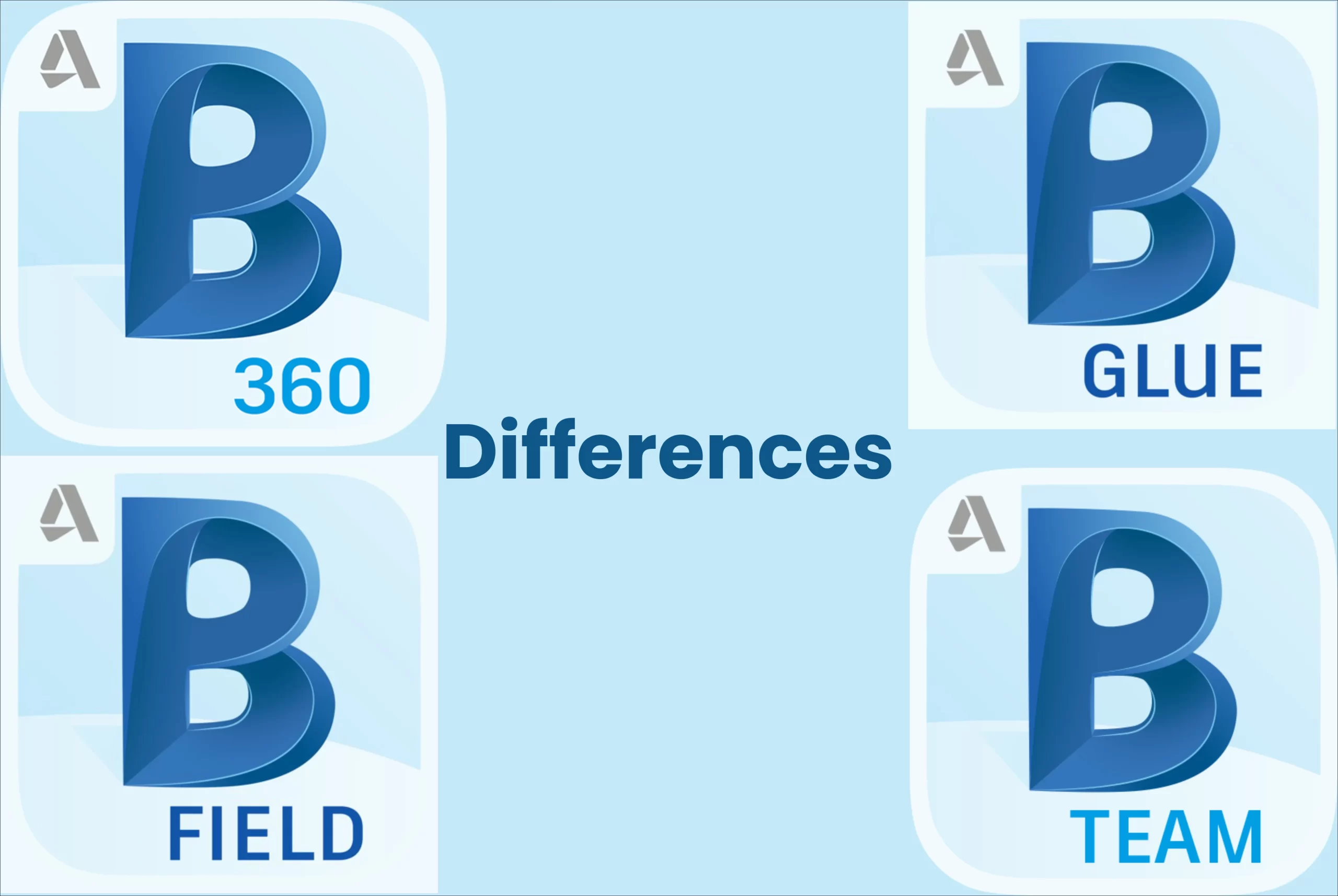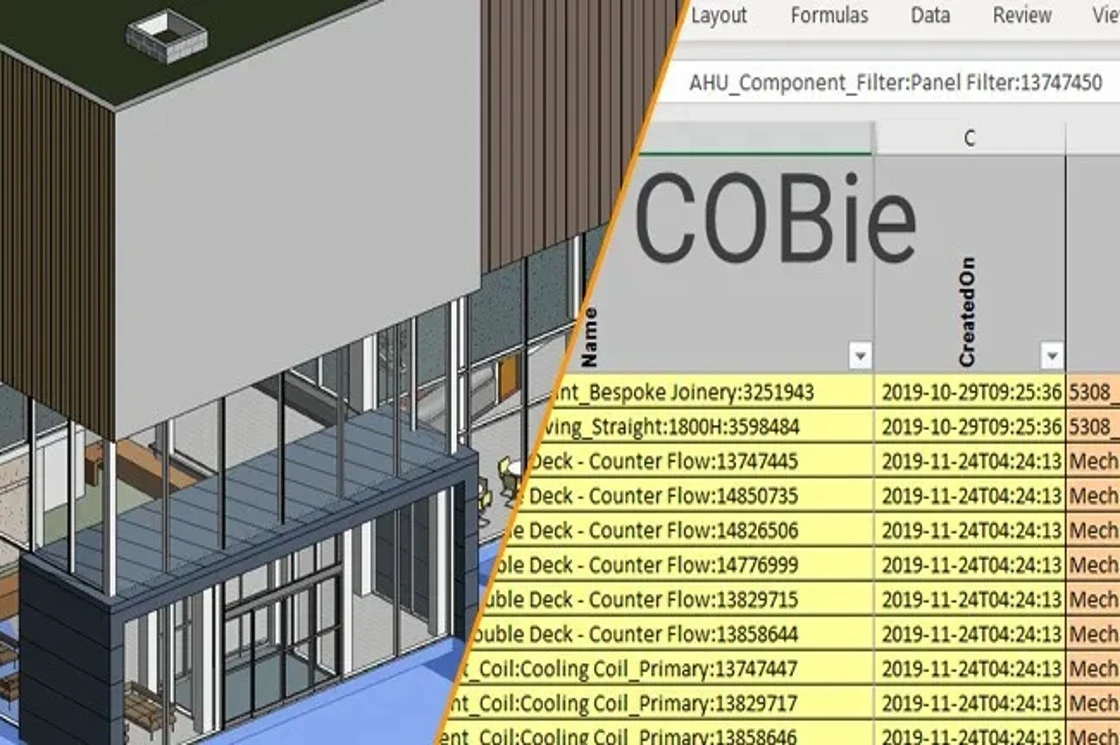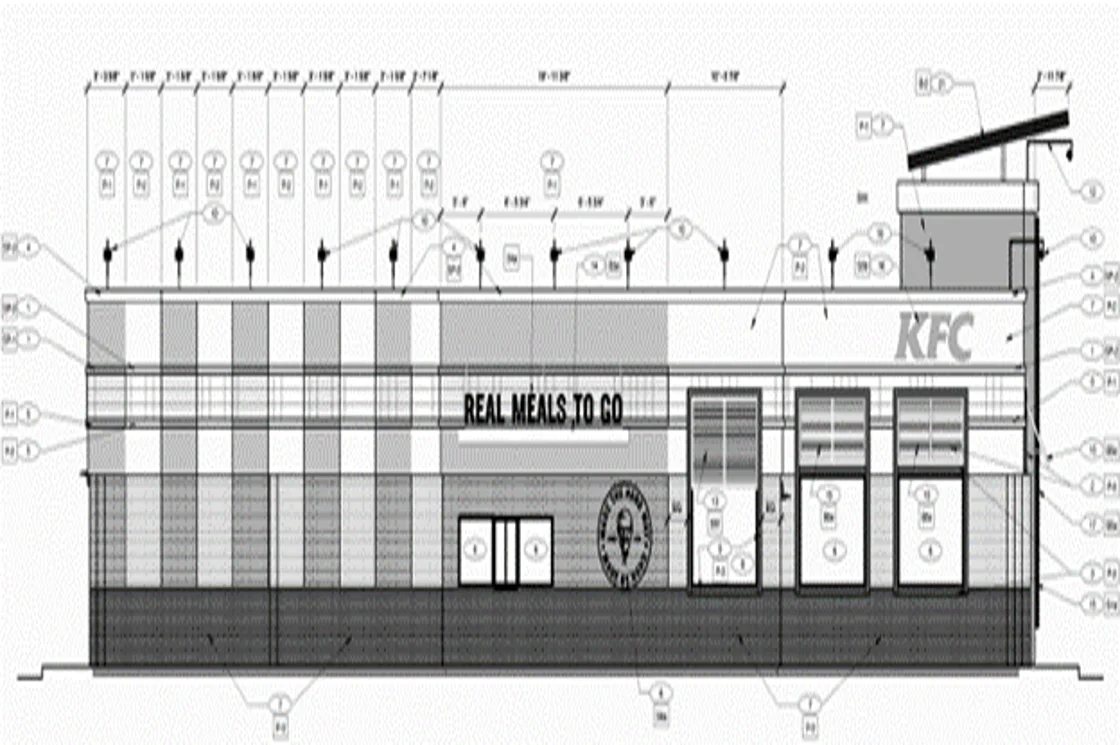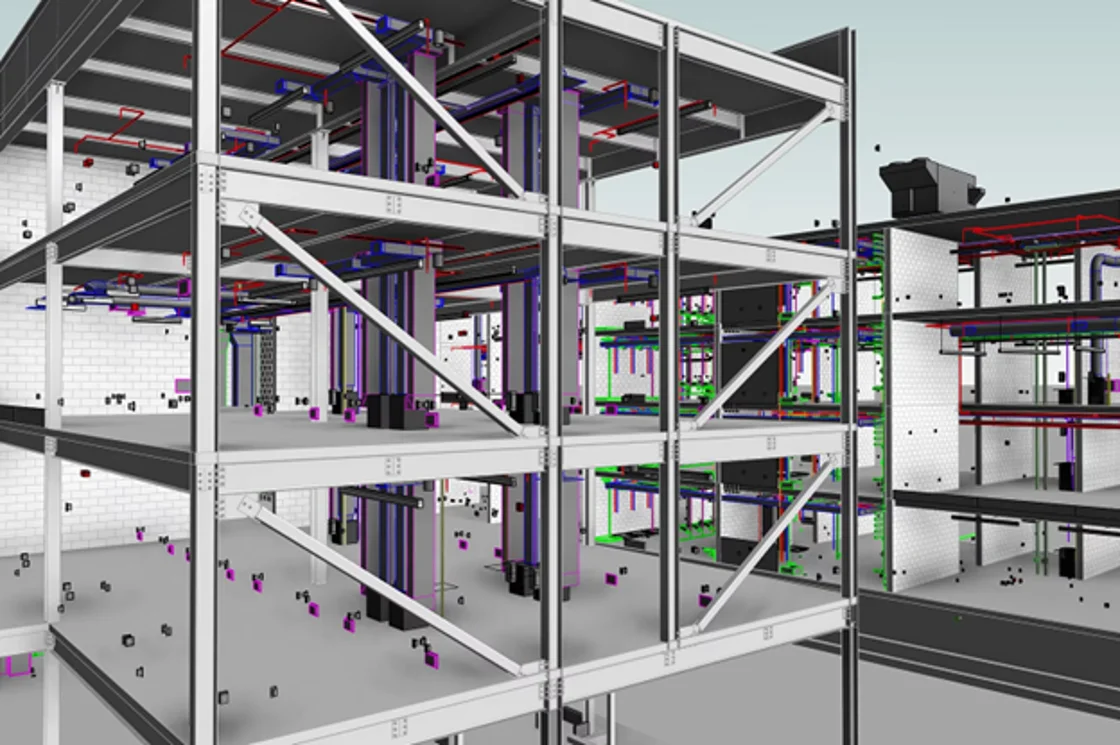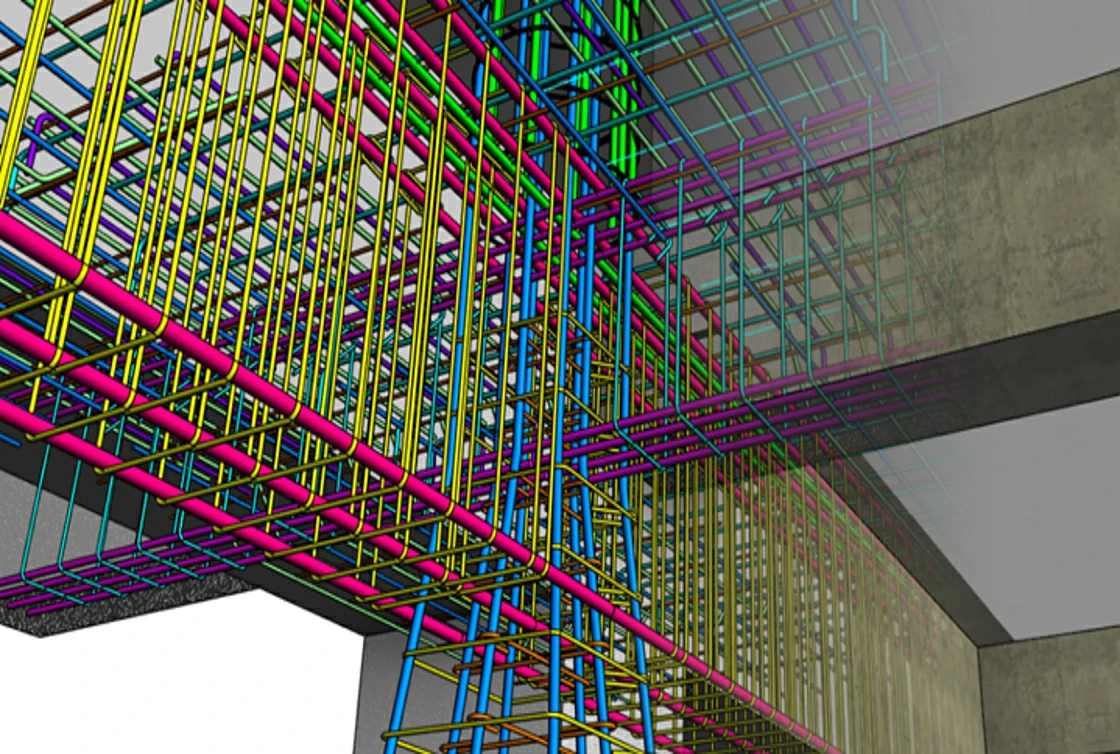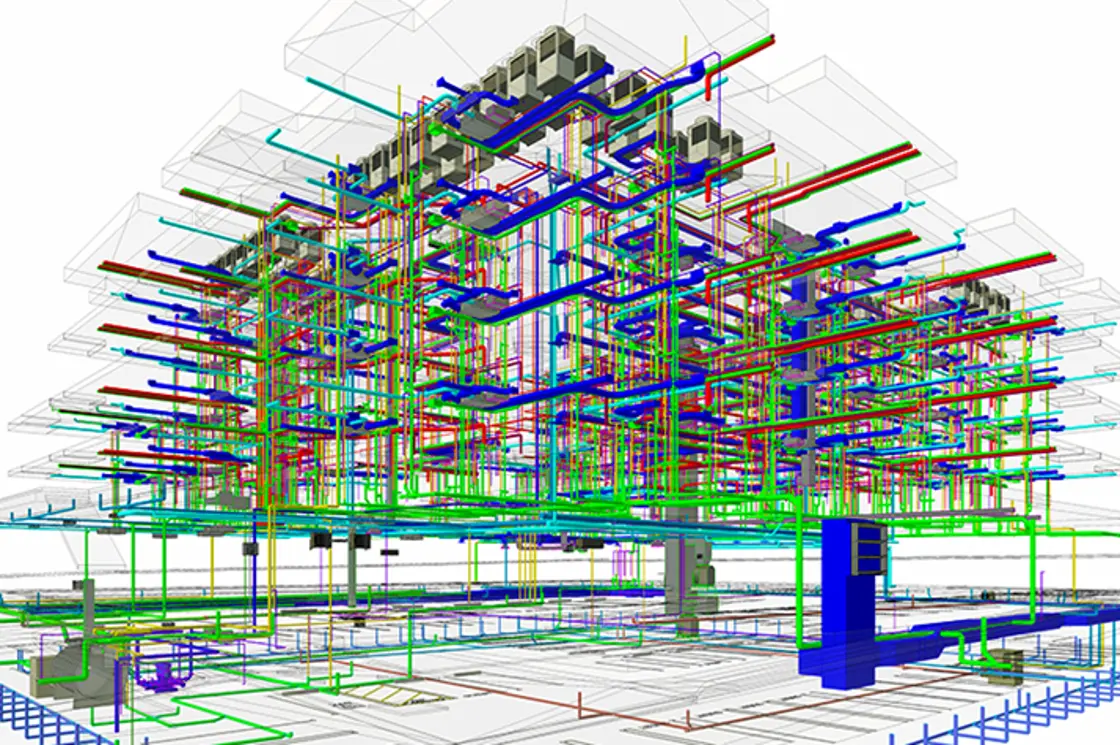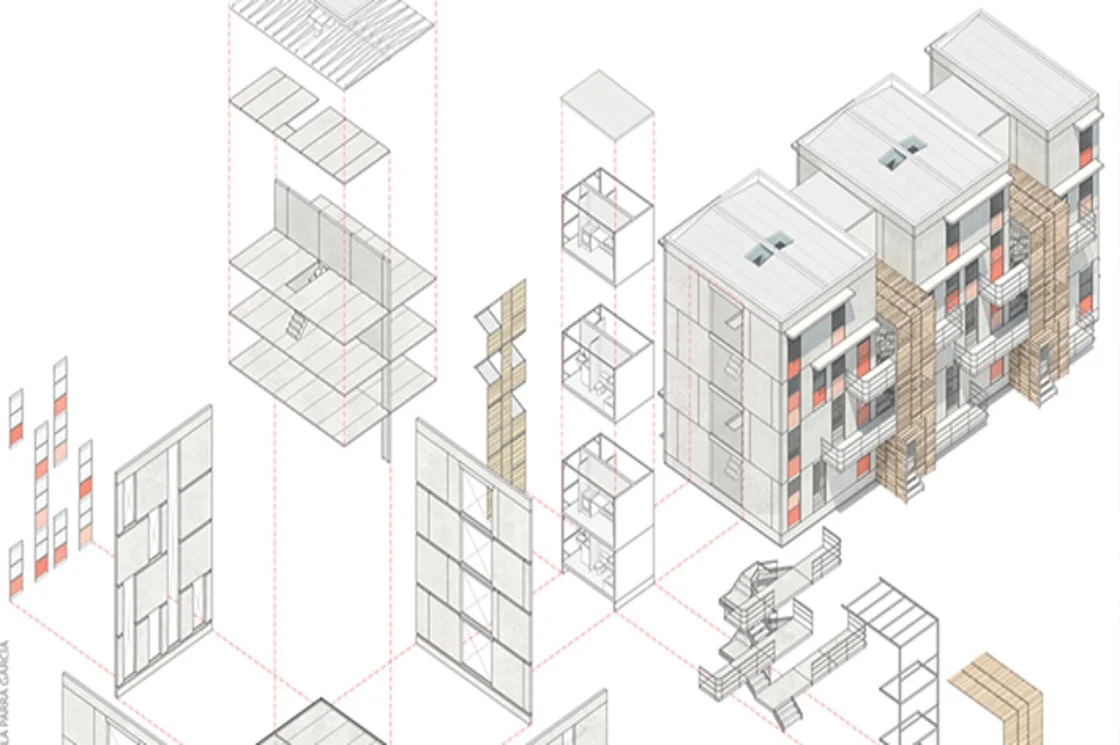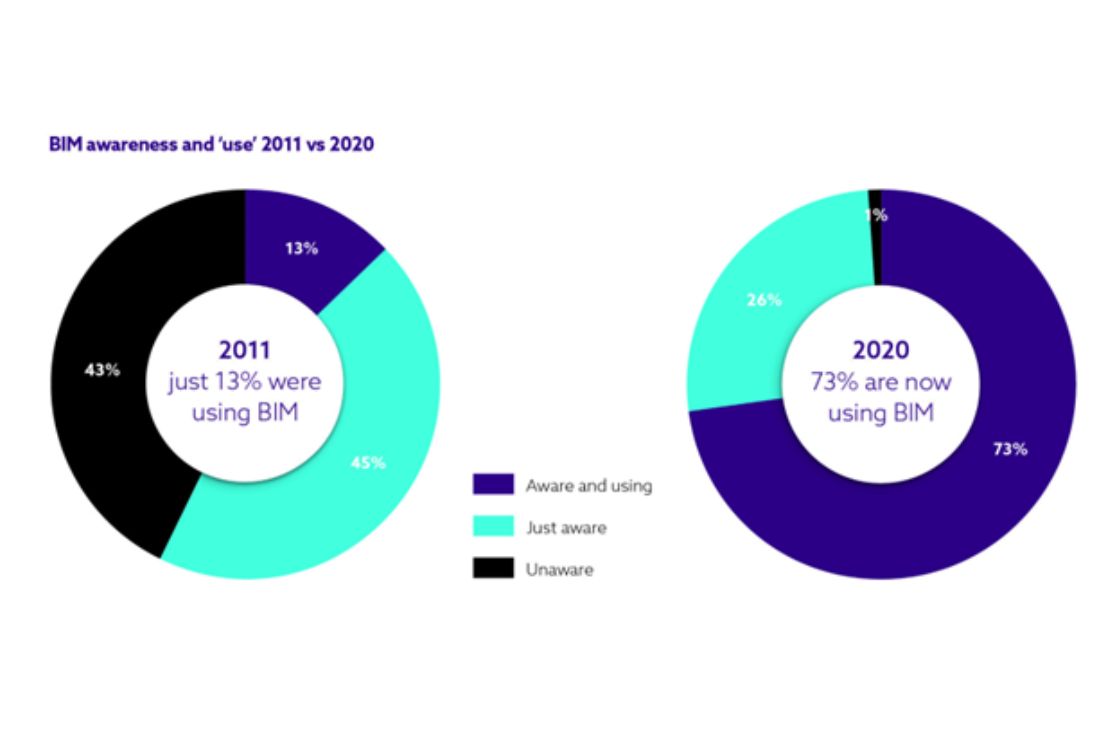COBie: A BIM Concept worth your attention
Knowing how Revit Architecture Modeling, Revit Structure Modeling and Revit MEP Modeling, including Construction Simulation and Spool Drawing work, the management of asset information within a construction workflow is also of utmost importance. But how is this achieved through modern tools of technology? Well, this is where the concept of COBie comes into play.
To get you familiarised with the basics, COBie inculcates a performance-based specification that stands for Construction Operations Building Information Exchange. It came into being in the United States and is put to use for managing contacts, assets, BIM applications, and more.
Understanding how Revit Architecture Modeling, Revit Structure Modeling, Point Cloud to BIM and Spool Drawings work, it is worth diving deeper into the various aspects of COBie.
What purpose does COBie stand for?
What purpose does COBie stand for?
COBie is a set of informative data put together in the form of a spreadsheet that incorporates structured data about an asset. This comes to use for facility management and thoughtful decision-making.
Within the premises of the AEC fraternity, COBie comes into being for the following purposes:
● Asset management
● Storing crucial project data
● Effective planning, designing, and construction
● Supporting operational procedures
● Curating maintenance schedule
The Relevance of COBie in BIM
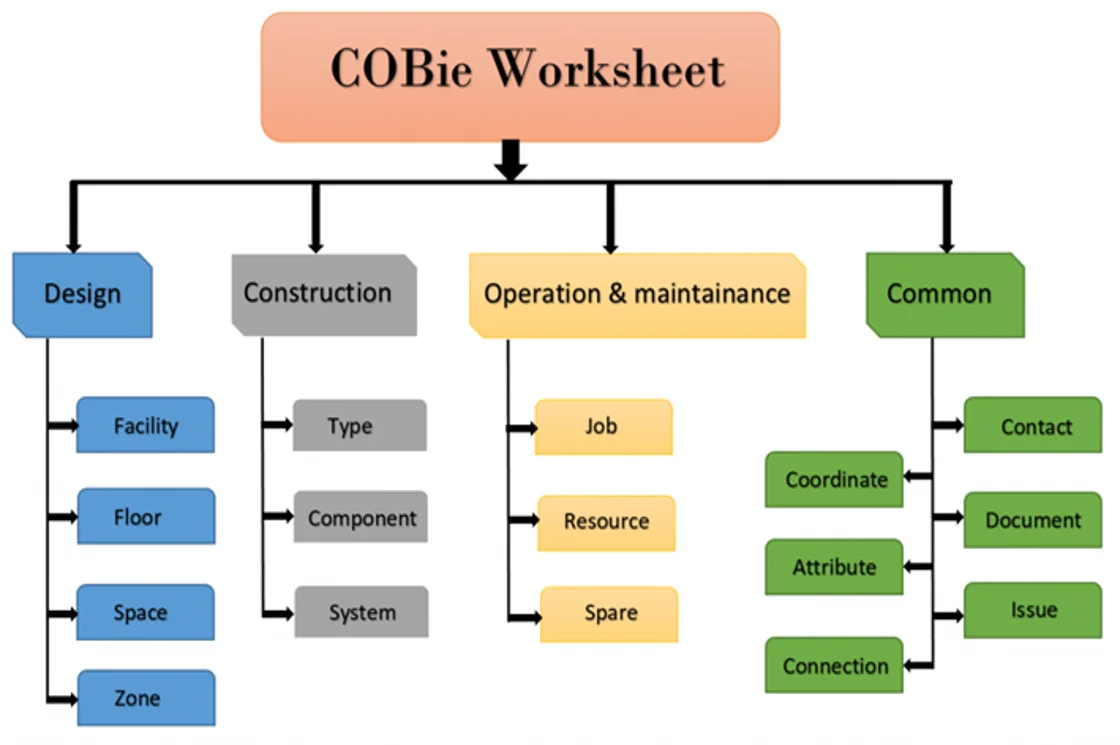
A COBie spreadsheet entails information regarding the multiple aspects of a project such as facilities, spaces, floors, systems, installed equipment, and the associated documentation.
All these entries within the sheet consist of detailed information, which when hyperlinked to other entries provide easy access to the entire information. Thus, it helps in electronically capturing and storing the essential information of a project.
The Principles on which COBie is based
COBIe facilitates the switching of crucial project data from paper to a more digital and effective format. All of this is based on a concrete set of principles which are as follows:
1. Format
COBie allows the user to choose from a wide array of formats that enable spreadsheet-oriented data delivery. It facilitates the users in participating in an open BIM workflow.
2. Data Model
COBie is integrated with the IFC (Industry Foundation Class) model which helps in channelling the best industry practices through a range of construction and design technologies.
3. Classification
The incorporation of a classification system within a COBie spreadsheet is integral. It helps in the navigation of project information that can aid the users. This classification is specified by the project owner.
How does COBie benefit the multiple stakeholders within the AEC Industry?
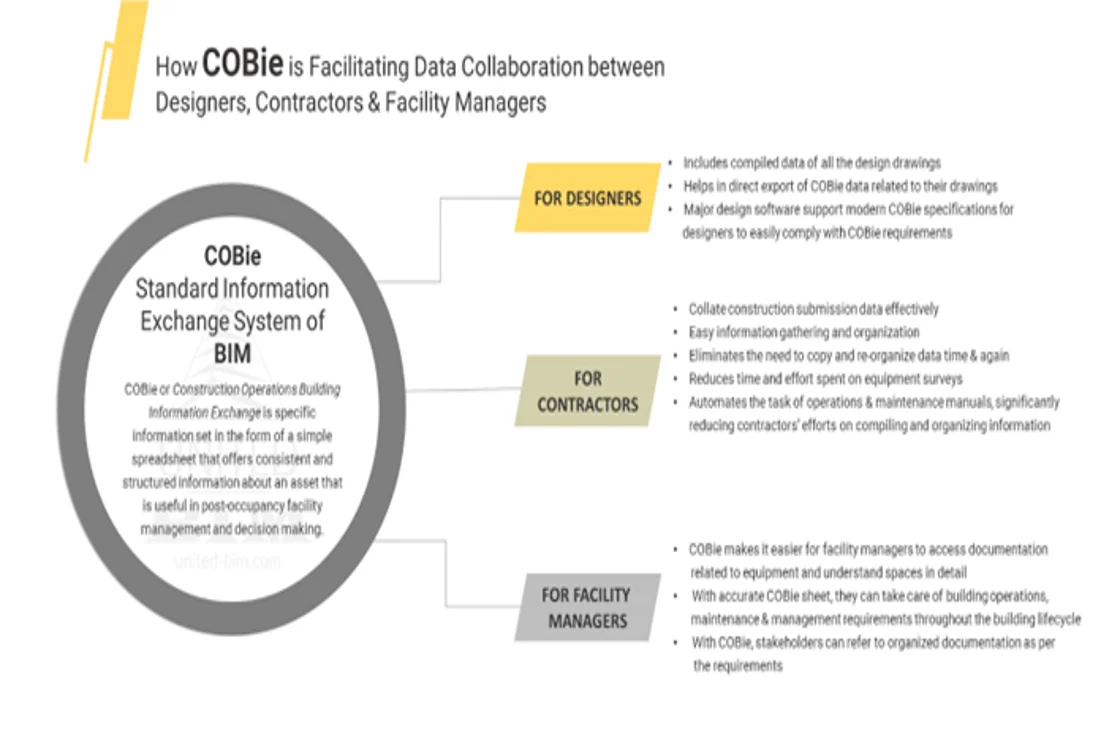
COBie has made the streamlining of data during the handover quite easy and seamless. This, in turn, helps the stakeholders in managing and reviewing the information quite effectively.
1. Architects
COBie enables the provision of a pragmatic list of the scheduled assets within a project. This makes it easier for the architects to design with relevant project data at hand.
2. Contractors
Contractors benefit from the seamless information retrieval and organization made possible by COBie. Moreover, it helps in reducing the time and effort consumed on equipment surveys.
3. Project Managers
COBie puts together documentation about equipment and space that can be accessed by project managers for easy operations and maintenance.
Benefits of COBie
1. Holistic Data Management
Throughout the lifecycle of a project, a lot of data is collected including BOQs, RFIs, safety licences, and more. These can be holistically managed and stored with the help of COBie.
2. Seamless Data Sharing
COBie enables sharing of data across BIM authoring tools, construction management systems, and other associated toolsets. This helps in reducing errors.
3. Enhanced Information Exchange
With COBie, essential information about the project can be shared from one site to another within the AEC industry. The information can be easily exported using BIM software tools and imported using CMMS.
Summing up
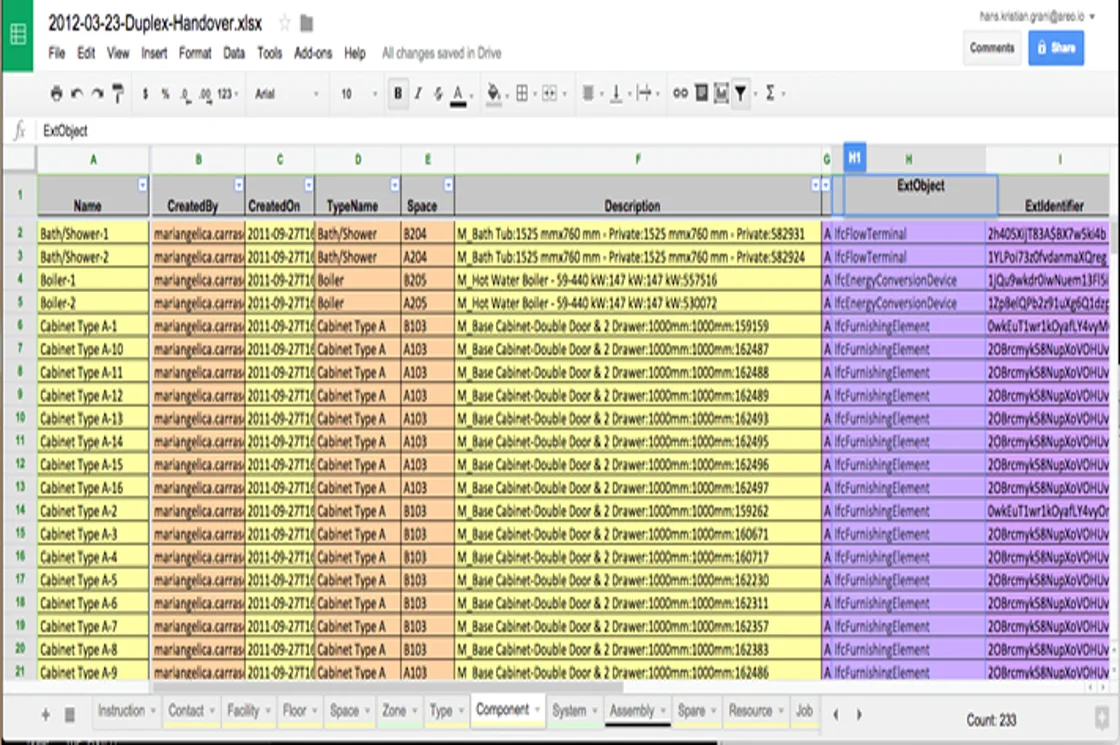
COBie has infused a new-age approach to collaboration within the AEC industry. It has brought about a digital transformation in the facets of data sharing and asset management by switching the fraternity from a paper-oriented storage process to a digital management system. It has paved the way for the revolutionization of facilities, information, and operations, in the years to come.
Common Queries: Things you should know about COBie
1. What are the applications of COBie in the AEC Industry?
Following are the applications of COBie in the AEC industry:
● Data Management
● Information Exchange
● Asset Management
2. How does it help engineers?
COBie enabled the compilation of the scheduled assets within a project. This makes it easier for the architects and engineers to design with relevant project data at hand.
3. What data model does COBie entail?
COBie is integrated with the IFC (Industry Foundation Class) model which helps in channeling the best industry practices.
4. How does COBie facilitate asset management?
COBie is a set of informative data put together in the form of a spreadsheet that incorporates structured data about an asset. This facilitates asset management
5. What are some benefits of COBie?
Following are some benefits of COBie:
● Storing crucial project data
● Effective planning, designing, and construction
● Supporting operational procedures
● Enhanced information exchange
● Seamless data sharing






